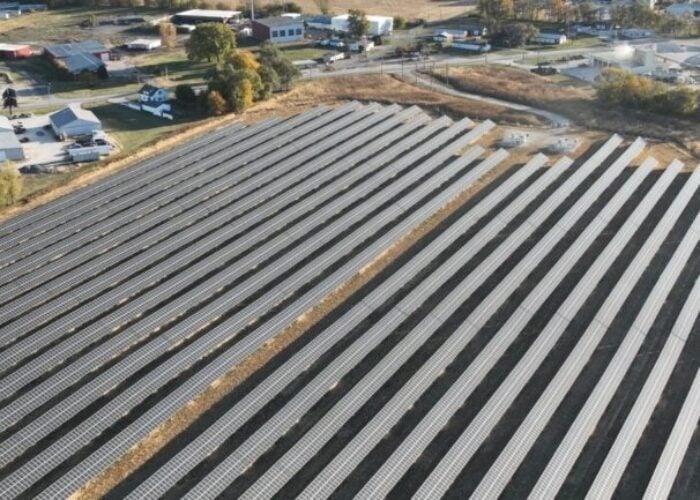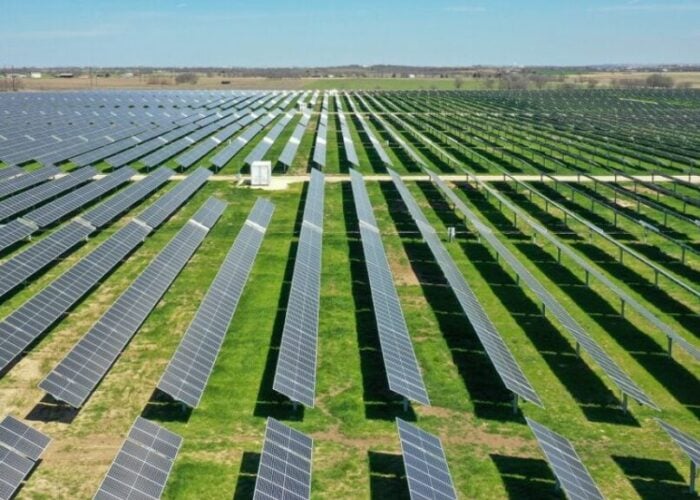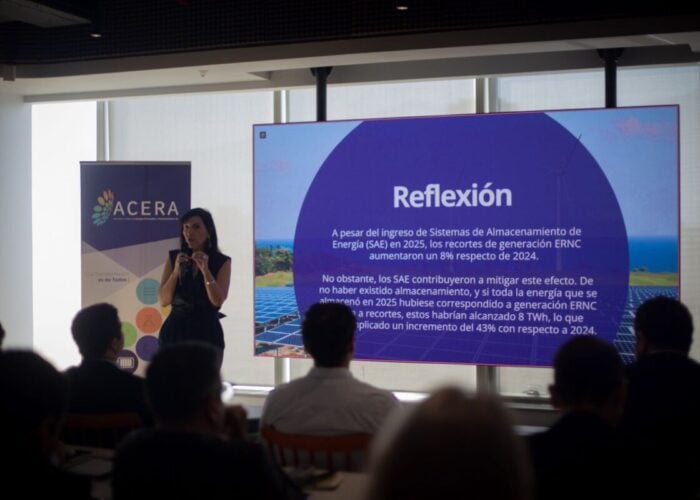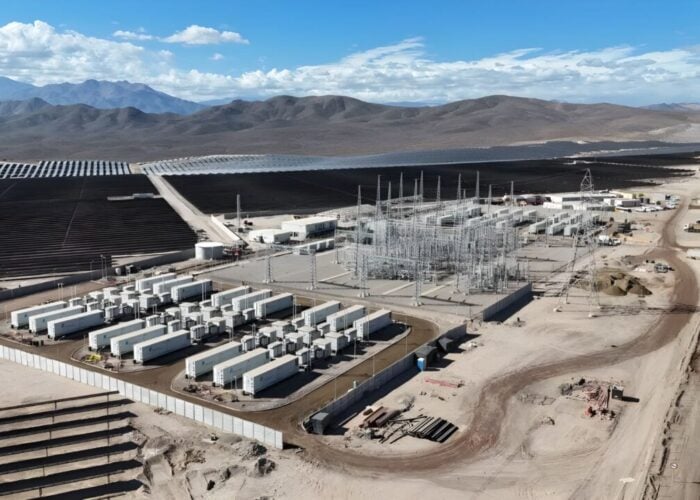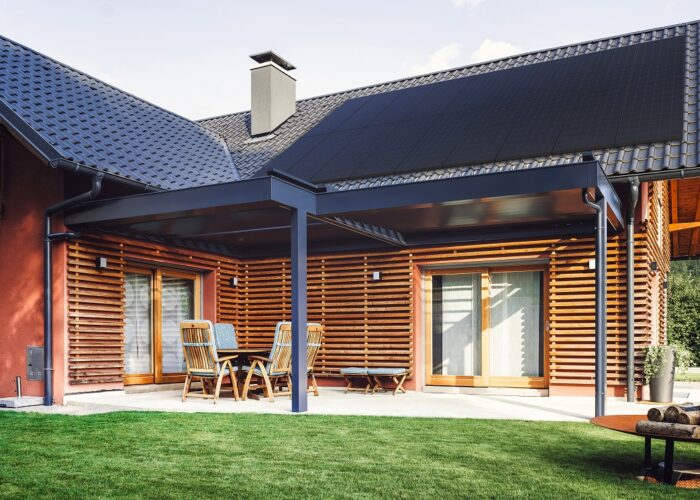It is hard to imagine any marketing scenario in which citing leading ranking metrics would be off the radar. But just think for one minute: when was the last time a PV equipment supplier announced leading ranking status with any fanfare? Or proclaimed a purchase order that would catapult revenues beyond fiscal year guided levels?
PV capital equipment spending and technology adoption is barely capturing an afterthought today. Everyone is putting on a brave face, but the facts are beyond dispute. Actually, the dearth of action could lead to the conclusion that technology innovation and the PV industry are mutually exclusive (aside from the R&D efforts of a small handful of historic technology innovators).
Try Premium for just $1
- Full premium access for the first month at only $1
- Converts to an annual rate after 30 days unless cancelled
- Cancel anytime during the trial period
Premium Benefits
- Expert industry analysis and interviews
- Digital access to PV Tech Power journal
- Exclusive event discounts
Or get the full Premium subscription right away
Or continue reading this article for free
Thankfully, the climate today is just a symptom of a reset phase for technology and manufacturing within the PV industry, but also another indication of the difficulties any technology segment is confronted with when there are diverse and competing voices advocating different technology and process flows as the way forward. And when being a leading module supplier required little, if any, technology innovation.
Certainly, these issues are having a catastrophic impact on the PV equipment supply-chain during 2013, and there has been plenty of press about this. But reminding suppliers that equipment spending is at a seven or eight- year low in 2013 is barely news any more – everyone knew this fact over 12-18 months ago when orders dried up. Suppliers don’t exactly need third-party research to discover that their order books are depleted!
But more alarming are some of the messages on future equipment spending trends. Sending out red flags that equipment spending could remain at similar levels (to 2013) for a further five years is more worrying, and possibly somewhat naïve and short-sighted. However, it is likely more an indication of the errors in analysis that come from doing simplistic top-down nameplate-capacity/end-market-demand comparisons to generate CapEx activity.
There is only one way to forecast CapEx, and that is bottom-up from the production line level, with segmentation by process flow variant and tool alternative. And comparing this directly to equipment supplier tool type shipments and market-share analyses. Any top-down analysis misses this activity completely, and generates misleading data for tool suppliers to the PV industry.
The ranking dilemma
Ranking metrics used to be key marketing tools for the PV equipment supply chain. There is no surprise here. Heading any rankings list is marketing nirvana, and having gold medal status for 12 months is priceless.
As shown in the attached table, Centrotherm was the leading PV equipment supplier during 2006 and 2007. Applied Materials then dominated PV tool revenues for four years from 2008 to 2011. In 2012, Meyer Burger recognised the most PV specific revenues for the first time. In 2013, leading revenues are likely to be assigned to one of GT Advanced Technologies, Hanergy Solar (formerly known as Apollo Solar) or Meyer Burger.
Note that rankings should be done purely on revenue recognition, not on tool shipment. This subtle distinction came into play prominently at the end of 2011 when so much equipment was shipped with deferred payment conditions. It is also noteworthy that, of the three prospective leaders for 2013, only GT Advanced Technologies is currently shipping based on a low-risk backlog and firm delivery dates from customers. Hanergy’s revenues are exclusively linked to financial transactions between Hanergy Solar (as the parent company) and the former Apollo Solar (as the in-house turnkey line supplier for the multiple Chinese a-Si based fabs of Apollo).
It is perhaps understandable that ranking euphoria has deserted the to-do lists of the respective marketing departments of almost all PV equipment suppliers. Claiming the number one PV equipment supplier position when revenues are dominated by the efficiency of accounting departments (in recognising receivables) – and when new order intake has been so low for over 12 months – may come over as somewhat misplaced euphoria or an indication that ranking status glory is overshadowing operational reorganisation reality.
Perhaps a new ranking scheme should be created that is more valuable: one based upon R&D tool spending or upgrade-equipment revenues? Indeed, as a leading indicator for PV equipment and technology road-mapping, such as ranking list would be extremely useful.
Of course, the litmus test would be if the equipment is being used in anger, but just refocusing now away from the doom-and-gloom reality of the past 12-18 months would only be a positive move. It is only a matter of time until technology spending tops the rankings again for the entire manufacturing segment.

